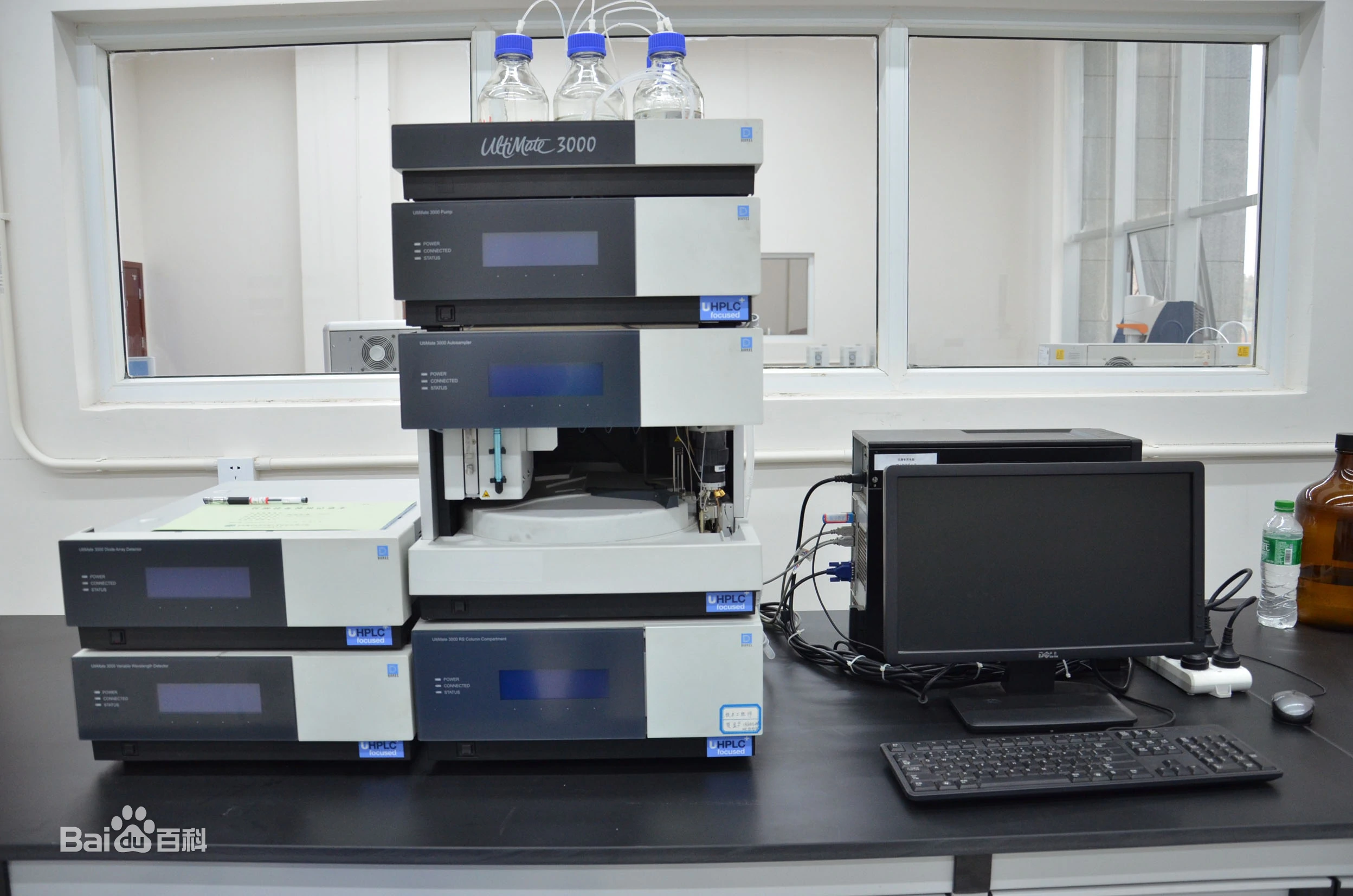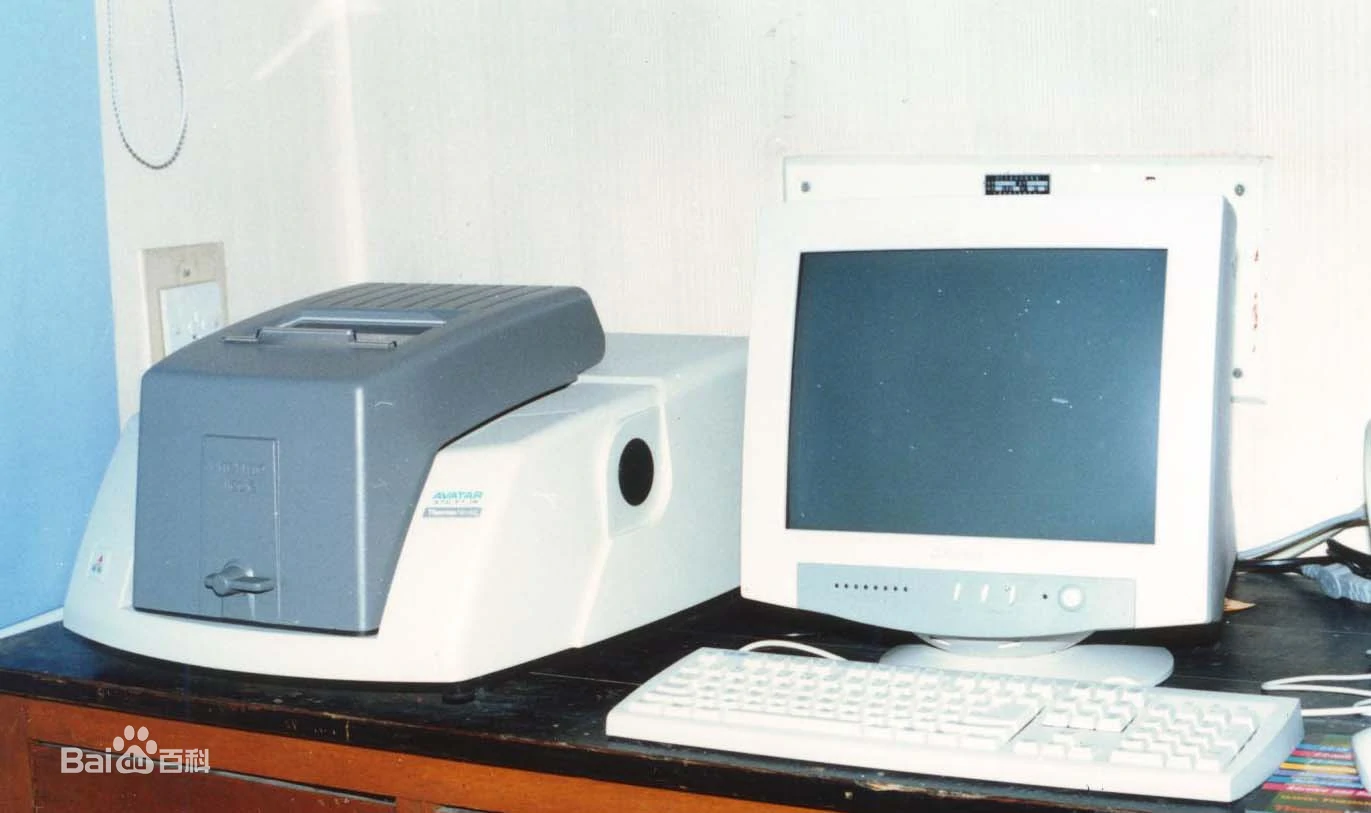Common Essential Oil Testing Methods
Category: News and Events
Time:2023-10-30
Common Essential Oil Testing Methods
Due to variations in the essential oil manufacturing process and the development of various synthetic oils, analyzing the composition of essential oils accurately and selecting pure oils relies solely on scientific analysis.
In the past, gas chromatography was sufficient to detect individual components in essential oils. However, with technological advancements, more testing methods have been applied to quality control, such as mass spectrometry, microbiological testing, and isotope analysis.
Here are some common testing methods:
1. Sensory Testing
Sensory testing involves the use of human senses, such as sight, smell, taste, and touch, for initial assessment. Sensory testing is typically the first step in quality control. Professional manufacturers use sensory evaluation at the front line of quality testing. If the aroma or color of the essential oil appears unusual, the manufacturer will conduct immediate testing to identify the cause.
2. Microbiological Testing
Microbiological testing is conducted to analyze whether each batch of essential oil contains harmful microorganisms, such as fungi, bacteria, viruses, and molds. This testing is particularly important for pharmaceuticals and food raw materials.
3. Gas Chromatography/Mass Spectrometry (GC/MS)
Gas chromatography separates components in an essential oil sample based on their molecular weight and chemical properties, allowing for rapid identification of the oil's constituents. Mass spectrometry is often used in conjunction with gas chromatography to further identify the combination of components in the essential oil. Mass spectrometry uses molecular weight and charge to quantify the content of each component, providing additional information to assess the oil's efficacy.

4. Fourier Transform Infrared Spectroscopy (FTIR)
Fourier Transform Infrared Spectroscopy (FTIR) is used to determine the potency and quality stability of each batch of essential oil. This method can identify the structural components of the oil. Using an FTIR instrument to scan the essential oil sample with different frequencies of infrared light, the amount of light absorbed by the sample is calculated. This absorption is then compared to the absorption records of high-quality samples in a historical database to assess the sample's quality.

5. Isotope Analysis
Specialized mass spectrometers are used to identify which isotopes are present in the components of the essential oil and their quantities. If all components of the same essential oil from the same region should have the same isotope ratios. If the isotope analysis of a particular component differs from others, it indicates impurities in the batch of essential oil.
6. Heavy Metal Testing
Heavy metal testing quantifies the concentration of heavy metals in essential oils. Many countries and pharmaceutical companies have regulations and requirements for this parameter.
Note: Pictures are from the Internet, please contact to delete the copyright infringement
Keywords: Common Essential Oil Testing Methods
Related Information
News and Events
-
Essential Oils and Fitness
Time:2024-07-15
-
Fixatives in Perfumes
Time:2024-06-30
-
Connection and difference between (+)-Limonene and (-)-Limonene
Time:2024-06-15
-
Product Introduction- NATURAL (+) R-LIMONENE
Time:2024-05-30
-
The Cleaning Properties of Essential Oils: Choosing the Right Oils for Natural Cleaning Solutions
Time:2024-05-15
-
Connections and Differences between α-Pinene and β-Pinene
Time:2024-04-30
-
Exploring α-Thujene: Applications, Production Process, Plant Sources, and Limitations
Time:2024-04-15
-
Product Introduction- ISOSAFROLE
Time:2024-02-29
-
Introduction to Soap Fragrance
Time:2024-01-30
-
Product Introduction- ISOSAFROLE
Time:2024-01-15
-
Essential Oils and Personal Care
Time:2023-12-30
-
Product Introduction- SAFROLE
Time:2023-12-15
-
Base Oils
Time:2023-11-30
-
Product Introduction- SASSAFRAS OIL
Time:2023-11-15
-
Common Essential Oil Testing Methods
Time:2023-10-30
-
Product Introduction- TEA TREE OIL
Time:2023-10-15
-
How can I ensure the safe use of essential oils?
Time:2023-10-01
-
Product Introduction- NATURAL β-CARYOPHYLLENE
Time:2023-09-15
-
Various factors affecting the efficacy of cosmetics
Time:2023-08-30
-
Product Introduction - LITSEA CUBEBA OIL
Time:2023-08-15
-
How many flavors and fragrances do you know that can help you sleep and calm your mind?
Time:2023-07-30
-
Product Introduction - NATURAL CITRAL
Time:2023-06-30
-
Some Mosquito Repellent Effect of Fragrances and Flavors
Time:2023-06-15
-
Product Introduction - NATURAL (-)L-LIMONENE
Time:2023-05-30
-
Yibin attaches great importance to forestry ecological construction and development
Time:2023-05-15
-
Product Introduction - NATURAL LINALOOL
Time:2023-04-30
-
How to distinguish between 1,8 Cineole and 1,4 Cineole?
Time:2023-04-15
-
Product Introduction -β- PINENE
Time:2023-03-31
Yibin Cineole Perfumery Co., Ltd.
Hotline:
Address:
1st floor, Building 2, No.2 Community, Shima Village, Caiba Town, Cuiping District, Yibin City

Scan Code
COPYRIGHT © 2024 YIBIN CINEOLE PERFUMERY CO., LTD. ALL RIGHTS RESERVED. POWER BY:300.CN
